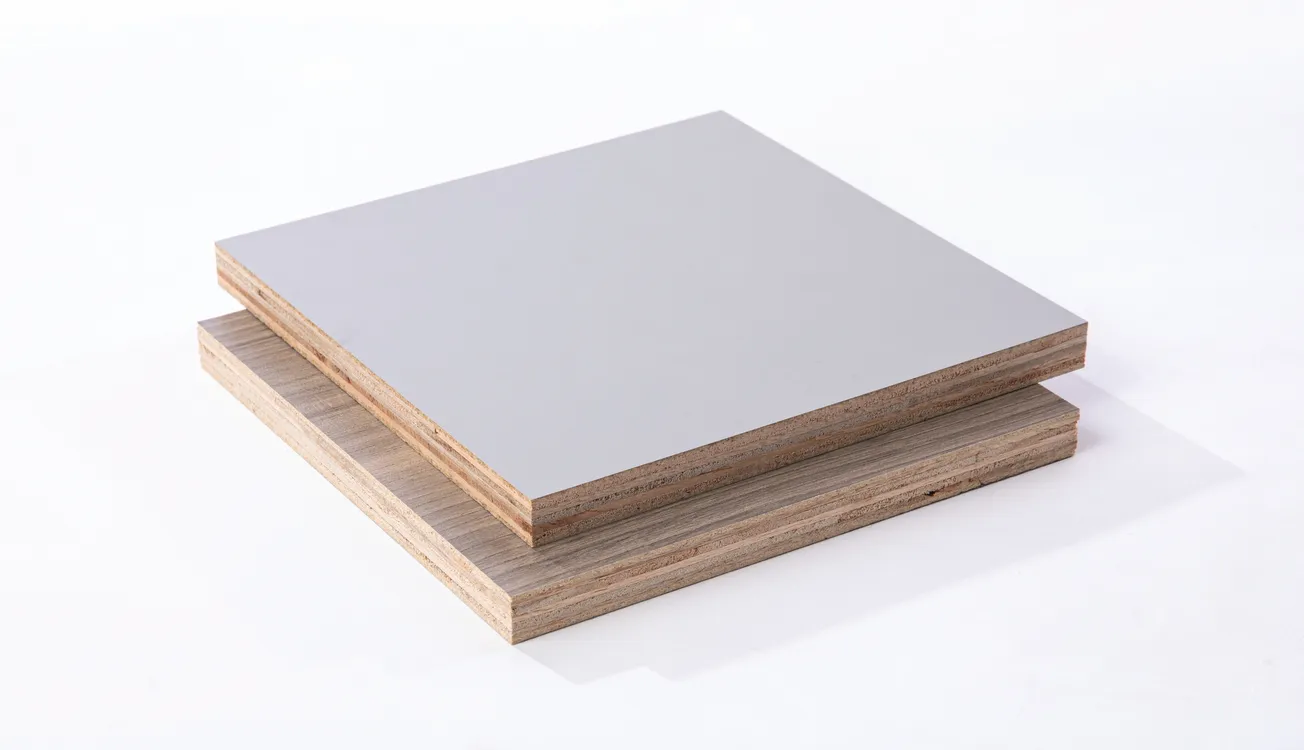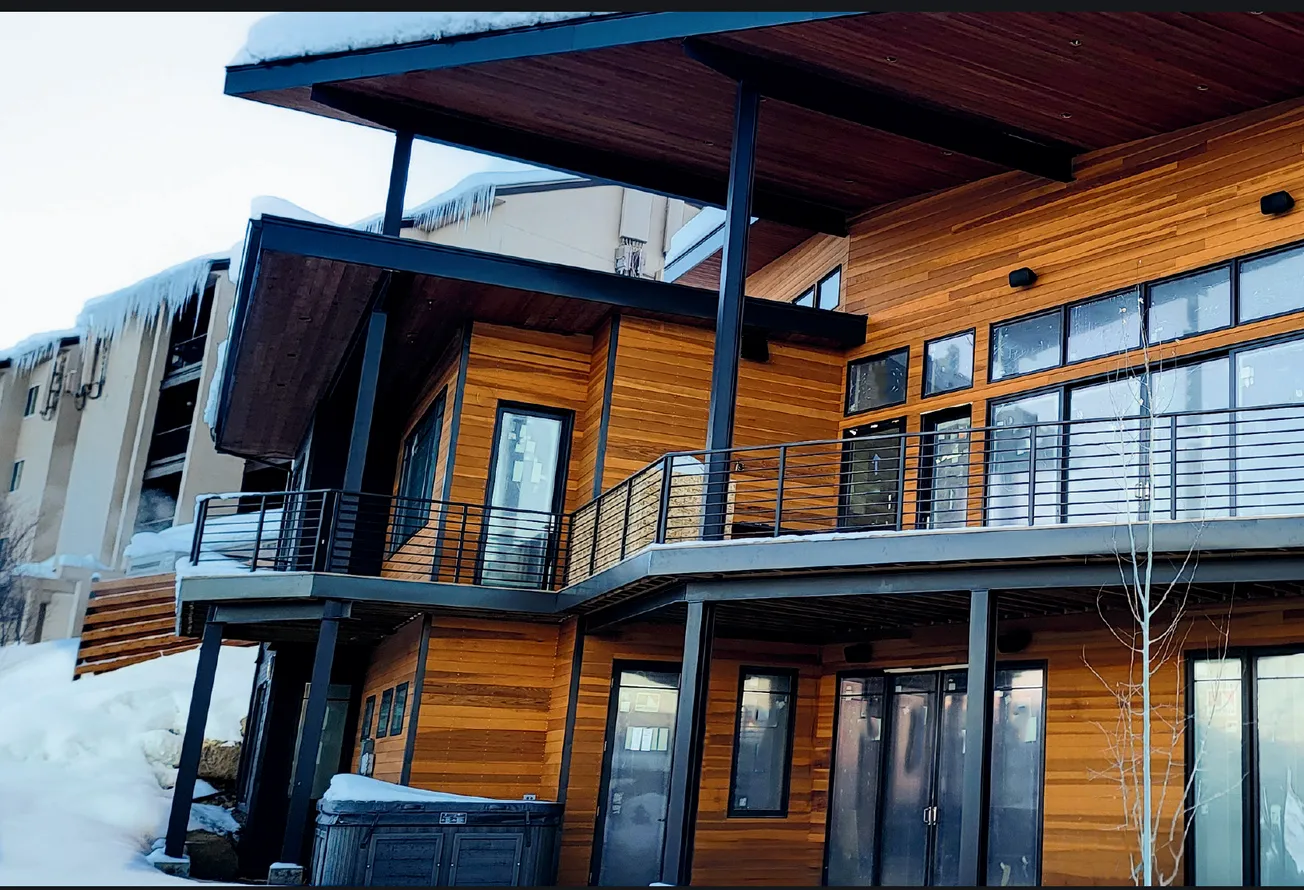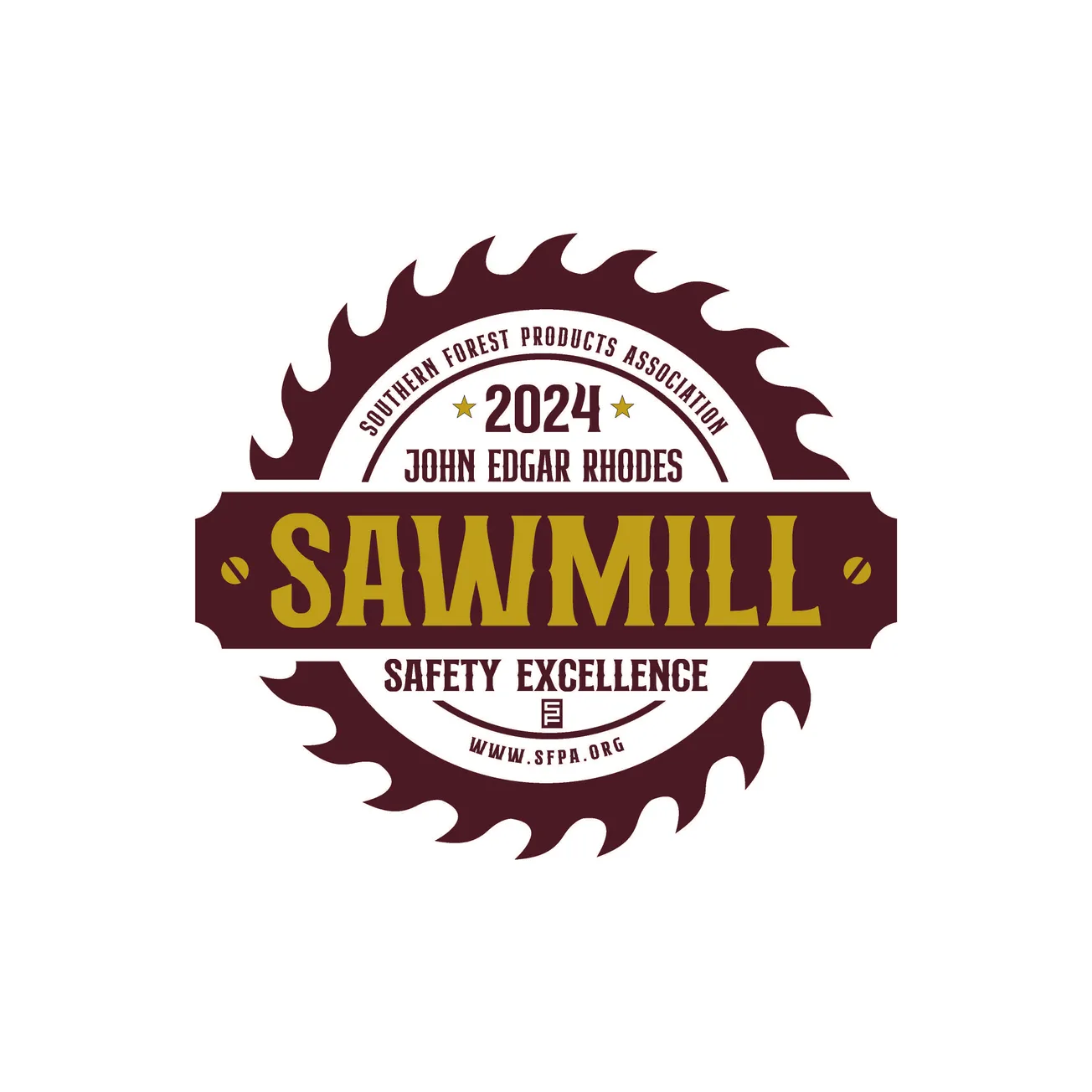Table of Contents
Wood-plastic composites are increasingly becoming a popular option for homeowners and builders who are looking for an alternative to traditional wood decking. This is largely due to manufacturing advances related to beauty and performance.
Composites are forecast to “experience above average annual gains in demand through 2020,” according to market researchers at the Freedonia Group. They go on to say that “composite decking is popular with consumers seeking decks that have longevity while maintaining a wood-like appearance.”
It’s no wonder that people are drawn to composites’ durability and aesthetics, as manufacturers have continually striven to make improvements in those two areas since composite decking was introduced in the late ‘80s.
Now, after years of innovation, two more recent breakthroughs in composites are:
- Cooler composite deck surface technology
- Evolution towards customized deck board surface finishes
Cooler composite deck surface technology
Homeowners in many parts of the U.S have concerns with the surface of their composite deck absorbing too much heat and becoming excessively hot. Market research shows surface temperature is the number one buyer concern not addressed by composite decking products.
While any dark colored decking absorbs sunlight, and can heat-up, as composites are denser than traditional wood decking, some products can become uncomfortably hot in direct sun.
Although this issue is typically associated with warmer climates, a sunny day in any region, from the Southwest to the Northeast can result in an uncomfortably hot deck. It can actually be more of an issue in cooler regions. Since people have fewer sunny days to enjoy their deck, they don’t want to lose any outdoor living time due to an overly hot deck.
To help address this problem, MoistureShield has pioneered CoolDeck® technology. Available as an option in several decking lines, boards with CoolDeck technology optimize heat reflection. These boards absorb up to 35% less heat than conventional capped composites in similar colors. The result is a lower surface temperature in direct sun.
Evolution towards customized deck board surface finishes
Manufacturers are frequently making improvements in the aesthetics and design of their composite boards, especially with vibrant colors and striking visual patterns that emulate exotic woods. These new advancements have paved the way for a new and exciting possibility on the horizon.
The technology behind next generation products like MoistureShield® Vision® deckingwill eventually enable homeowners, builders and designers to customize the surface appearance of deck boards. This will likely be a popular option for urban homeowners, who often look for their decks to be an extension of their indoor living spaces. For such homeowners, going beyond the look of wood to custom colors and finishes will be a key selling point.
Conclusion
Composite decking has advanced dramatically in the past 30 years. From aesthetic innovations to improved performance, these changes are driving the rapid market growth in composites. With additional innovations recently introduced, decking pros have even more opportunities to grow their business.









